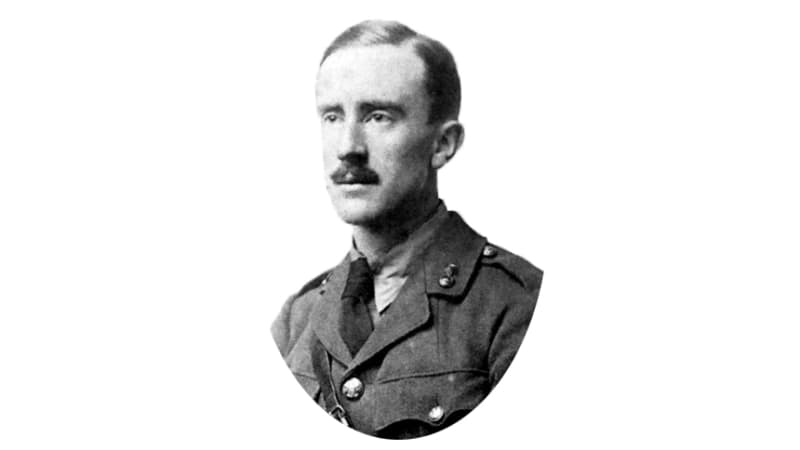
The Finnish language plays a significant role in the world of artificial languages: Finnish has been used, for example, in the invented languages \u200b\u200bof Quenya and Toki Pona in The Lord of the Rings.
*Veng, yuq, vav, ghop.* Such seemingly exotic words can be found in *tlhIngan Hol*, the Klingon language.
One of the peculiarities of Klingon is the word order – first the object, then the verb, and only finally the subject. Pronunciation has its own chapter: the alien language includes several challenging and increasingly strange grunts and throat sounds.

Of course, Kalliokoski speaks Pona, which was developed twenty years ago, and also Klingon and Lojban to some extent. The function of artificial languages \u200b\u200bin works like *Star Trek*, for example, is quite clear: they are used to frame and enliven fantasy worlds.
What is essential in popular culture is precisely how the language sounds and what kind of impressions it offers, not so much grammar or other \”technical\” dimensions.
– This is exactly why the phonetic structure of the language is really important in this context. For example, the Dothraki language of the *Game of Thrones* series must have aimed to strengthen stereotypes about warlike nomadic tribes, says Kalliokoski.

The humanoid language took seven months to build

The mystic developed a medieval artificial language
– Lingua Ignota was a language intended to increase mystery. Ceremonial language changes our activity register and has a clear connection with human psychology: when you don’t understand what is being said, you assume that something big and wonderful is happening, Panu Kalliokoski states.

Katy Perry got excited about Simlish
Artificial languages \u200b\u200bare also used in games. Perhaps the most famous of them is Simlish from the *The Sims* simulation game, which the game characters use to communicate. Originally, Simlish was tried to be created on the basis of the Navajo and Estonian languages, among other things, but in the end the language turned out to be mere nonsense, the purpose of which is to reveal and reflect the emotional states of the game characters.
Live role-playing games also use made-up languages, but rarely: learning a new language requires time and effort, let alone communicating with it in a game situation.
– If a live role-playing game requires mastering some made-up language, it mostly gets the most dedicated players.
– We once planned that we would simulate Polynesian tribes paddling in canoes in the Archipelago Sea and that we would add to this the diversity of Polynesian languages, but such attempts to make it too difficult have died out at an early stage, says Panu Kalliokoski.

Finnish as a language is bigger than its size
One surprising fact is revealed in the world of artificial languages: Finnish can be found in the background of several invented languages.
For example, the simple structure of toki pona, called the \”language of the internet\ has numerous direct Finnish loanwords, such as kala (\u003dwater animal), pimeja (\u003ddark, dark, unclear) and nena (\u003dnose, protrusion).

In the culture field of artificial languages, Finland is indeed a significantly larger country than its size, and no wonder.
– Finnish is popular among language enthusiasts precisely because it is not an Indo-European language. However, the majority of artificial language enthusiasts come from the European world, where Finland is culturally – although not linguistically – involved. This helps a lot, Panu Kalliokoski states.
It is worth noting that at the end of the 1990s, two of the five companies in the world specializing only in language technology were from Finland, and through this, of course, the Finns have made their strange and original language known.
But what kind of language would Panu Kalliokoski like to create himself?
– I would probably familiarize myself with areas of grammar that have not been studied terribly before. The characteristics of languages \u200b\u200bare also characteristics of thinking, so it is eye-opening to create a language that follows completely new structures. Language can be a work of art or it can be an exploration into a new world.
Finnish site for Klingon enthusiasts: \u003chttps://klingonia.fi/\u003e
Finnish Tolkien Society: \u003chttps://suomentolkienseura.fi/\u003e
